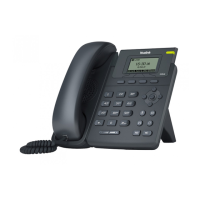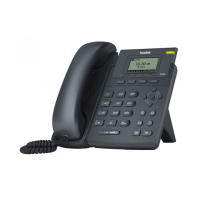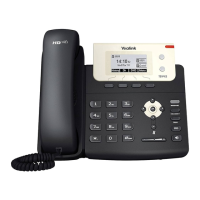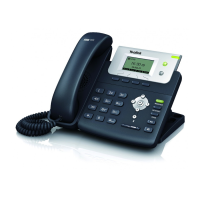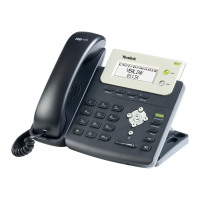Administrator’s Guide for SIP-T2 Series/T19(P) E2/T4 Series/T5 Series/CP860/CP920 IP Phones
102
STUN (Simple Traversal of UDP over NATs)
STUN is a network protocol, used in NAT traversal for applications of real-time voice, video,
messaging, and other interactive IP communications. The STUN protocol allows entities behind
a NAT to first discover the presence of a NAT and the type of NAT (for more information on the
NAT types, refer to NAT Types on page 100) and to obtain the mapped (public) IP address and
port number that the NAT has allocated for the UDP connections to remote parties. The
protocol requires assistance from a third-party network server (STUN server) usually located on
public Internet. The IP phone can be configured to act as a STUN client, to send exploratory
STUN messages to the STUN server. The STUN server uses those messages to determine the
public IP address and port used, and then informs the client.
Capturing packets after you enable the STUN feature, you can find that the IP phone sends
Binding Request to the STUN server, and then mapped IP address and port is placed in the
Binding Response: Binding Success Response MAPPED-ADDRESS: 59.61.92.59:19232.
STUN does not work if the NAT device is symmetric. This may be a drawback in many situations
as most enterprise-class firewalls are symmetric.
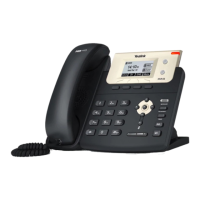
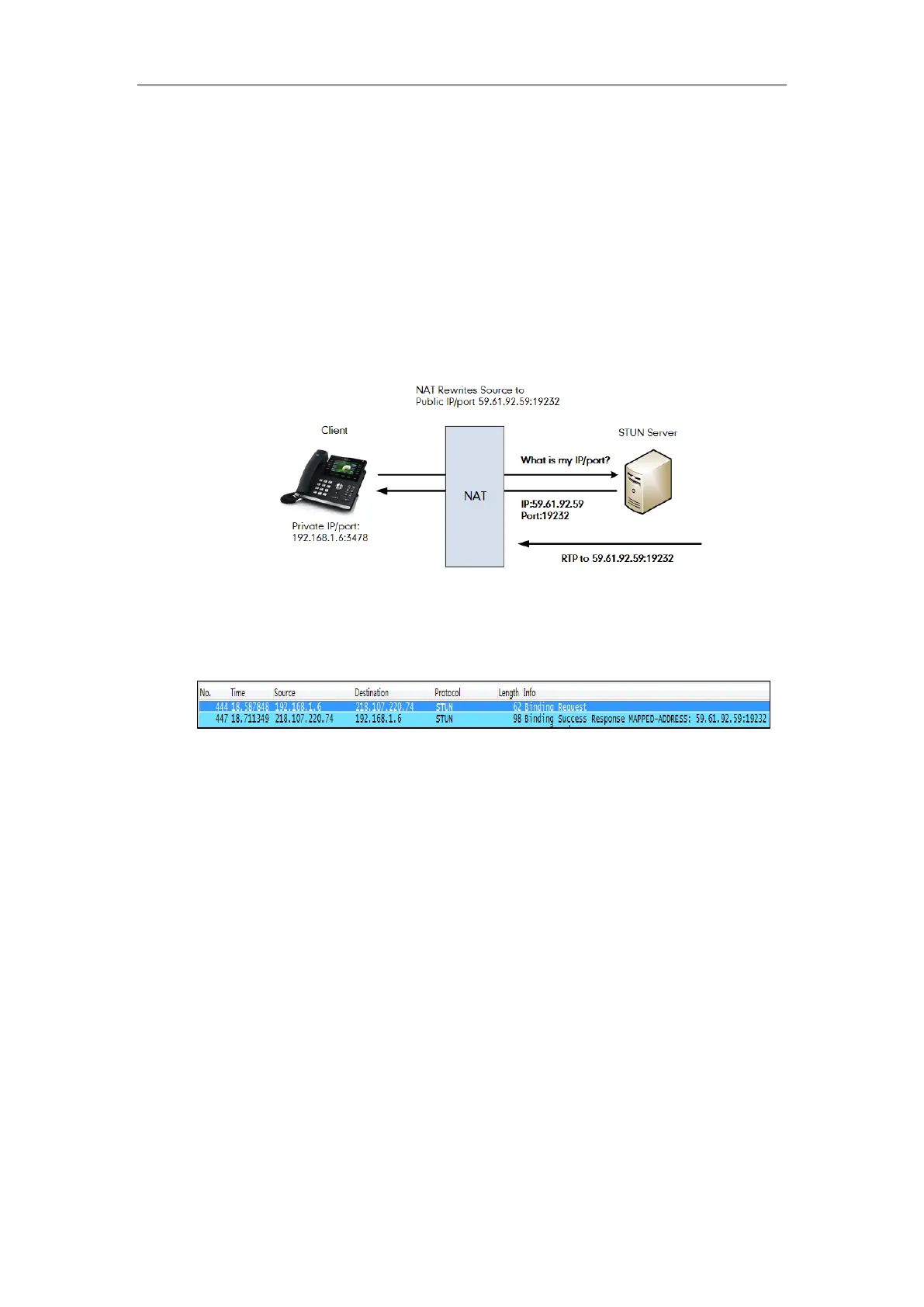